15 Back-to-School Computing Bargains

For about $300 you can have the tiny, Intel-powered Eee PC 2G Surf from Taipei, Taiwan-based Asus. This little wonder weighs in at just over 2 lbs. and comes with 2GB of solid-state storage, 512MB of DDR2 memory and a 7-inch display, and gets about 2.8 hours of battery life. The Eee PC is built to run Linux, but it's compatible with the Microsoft Windows XP operating system as well. It also features Hi-Def audio, stereo speakers that are surprisingly powerful and a microphone. More expensive versions have 4GB, 8GB and 12GB solid state drives and up to 1GB of RAM, while also adding features such as on-board Webcams.
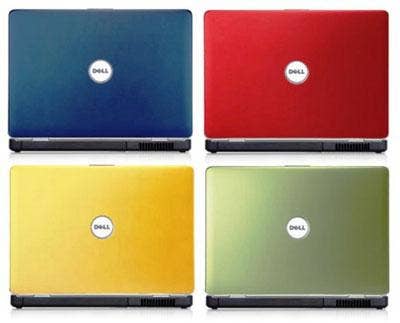
Dell's Inspiron 1525 laptops are currently available for a very attractive $499, marked down considerably as the Round Rock, Tex.-based computer maker rolls out newer products. For that price, you're getting an 2.0GHz Intel Celeron 550-powered notebook that runs Microsoft Windows Vista Home Basic with a 15.4-inch hi-def screen. It's also got a combo DVD drive for playing and writing CDs, 1GB of DDR2 memory, and 80GB SATA hard disk drive and Intel's X3100 graphics chip. The sound card enables Hi-Def Audio 2.0, while Dell's Wireless 1395 802.11g Mini-Card is your ticket to connectivity in the wild.
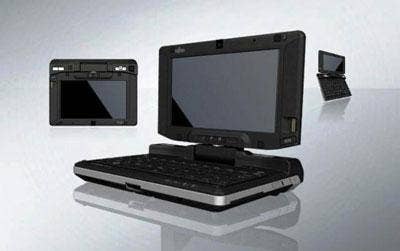
Tokyo-based Fujitsu's Lifebook U810 Mini-Notebook combines the functionality of a Tablet PC, a straight laptop and a handheld (be warned: some reviewers say holding the U810 in your hands is the only comfortable way to operate it). At just 1.6 lbs. and 6.7x6x1, it's very small for what it can do -- especially when prices for the cheapest version start at just $949. That edition of the Lifebook U810 has a 5.6-inch WSVGA Crystal View display with the touch screen and stylus that make this cool little machine a Tablet PC. The processor is Intel's low-voltage, 800MHz A110 and the sub-$1,000 system comes loaded with Vista Home Premium, Microsoft Works 8.5, Microsoft Office Home and Student Trial 20071. It's got 1GB of RAM and a 40GB hard drive, while also featuring integrated Bluetooth, a Webcam and a built-in fingerprint sensor. Also: 10/100 Ethernet, Atheros Super AG Wireless LAN.
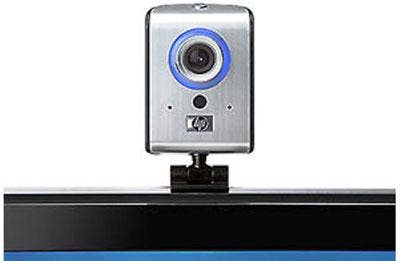
Hewlett Packard calls its recently-released student-oriented PC offerings the "Dorm Storm" series -- and the sweetest part for back-to-schoolers is that eligible students and teachers can get up to 15 percent discounts on the products by registering at Palo Alto, Calif.-based HP's Home and Home Office Store's Academic Purchase Program. Dorm Storm products include everything from desktop and notebook PCs to Web cams like the HP 2 Megapixel, featuring 640x480 SW-enhanced video and still image resolution for $29.99.
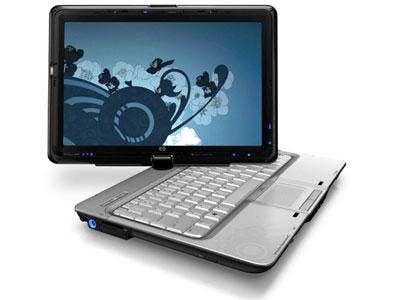
HP has plenty of notebooks, but the one that really leaps out at us is the HP Pavilion tx2500z laptop series, also known as the "Swivel." These combo notebook-tablets feature Advanced Micro Devices dual-core Turion chips in 2.0, 2.1 and 2.2GHz flavors, with the base configuration starting at about $900. What else do you get with the Swivel? Start with the 12.1-inch, 1280x800 WXGA Hi-Def HP BrightView with integrated touch-screen that, you guessed it, swivels sideways, around and flat for tablet capability. You also get from 1GB to 4GB of RAM and 160GB to 320GB of hard disk space. The operating system is one of four versions of Microsoft Windows Vista -- it's up to you how much cash you want to send Redmond's way -- and AMD supplies the ATI Radeon HD 3200 graphics.

The Nexlink 4115 series of notebooks from Syracuse, N.Y.-based Seneca Data is among the first to be built on Intel's new Rich Creek 2 platform for consumer and business laptops. Available at Nexlink.com, this notebook provides a solid blend of performance and mobility, featuring an Intel Core 2 Duo mobile processor, Nvidia GeForce Go 8600M graphics in addition to the Intel PM965 chipset, a 15.4" WXGA glossy display, up to 160GB of hard disk space, up to 4GB of DDR2 memory and an integrated Web camera, in addition to optional features like Intel Turbo Memory and Bluetooth.
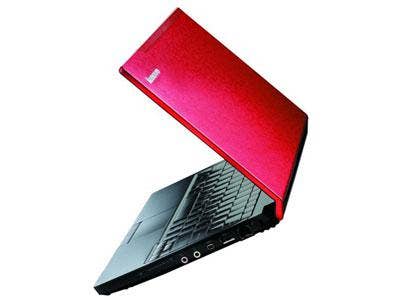
You can save $10 if you select the black edition in Lenovo's IdeaPad S10 series, but we figure it's worth the small bump to $439 to go with the cherry red version of a very affordable notebook that will serve the basic needs of mainstream users. With a single-core 1.6GHz Intel Atom processor, the S10 isn't a powerhouse, but students on the go will appreciate the low energy usage and thermals of Intel's ultra-low voltage chip. The 10.2" WSVGA Anti-Glare display comes with an integrated camera, graphics are supplied by Intel's GMA 950 and the system is stocked with 512MB of DDR2 memory.
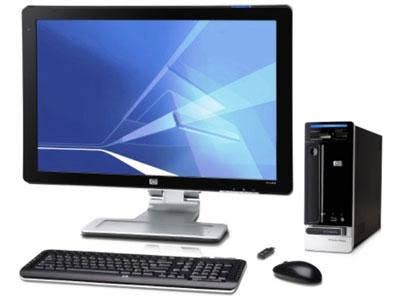
If desktops are your thing, the HP Pavilion Slimline s3500t delivers towering performance with a scaled-down footprint that's ideal for a crowded dorm room. Starting at $499, these units are two-thirds smaller than HP's conventional tower PCs. Processor options include several Intel Pentium and Core 2 Duo chips, while storage comes in 320GB and 640GB flavors, and you can choose between 2GB, 3GB and 4GB of memory. Other configurations you can choose from include various editions of Microsoft Windows Vista and assorted graphics by Nvidia.
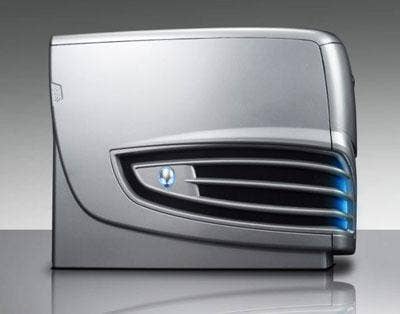
Let's put it this way, kids. You're going to have to come up with a mighty good story to wheedle an Alienware Aurora gaming rig out of your parents before you go off to college. But if you're prepared to accept that challenge, you might as well go all the way. These beasts start at $1,099 but why not shoot for the top-of-the-line configuration with the AMD Phenom X4 9950 BE quad-core processor, ATI Radeon HD 4870 X2 graphics, 4GB of DDR2 memory and a 500GB hard disk drive? It's only, ahem, $2,169. But, c'mon, you need this system!
And here's a hint -- Dell's Alienware division even has a "Get Ready For Back to School" primer on the Dell Web site, full of advice for convincing parents that these gaming rigs are the right choice for college. Sample argument to make to your parents: "You don't want to show up on campus looking like a n00b or, worse, just like everyone else. You need a rig that will earn you bragging rights." On second thought, forget Alienware's advice.
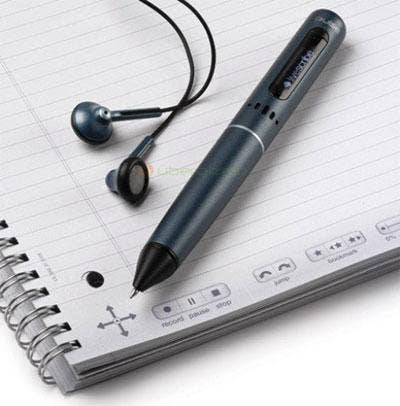
Here's a cool gadget for students and teachers who still find themselves putting pen to paper fairly often. Livescribe's Pulse Smartpen is a computer in a pen that captures all of your writing and also serves as a digital voice recorder. Simply tap the pen on your notebook for an audio playback of a lecture, or load both your writing and audio files onto a PC for sharing, searching and archiving. Additional Pulse Smartpen software tools include a translator, calculator and Facebook integration application. The 1GB model serves up 100 hours of recording time and costs $149, while the 2GB version costs $199 and offers 200 hours of recording time. Ink cartridge refills, a USB mobile charging cradle and a few more extras come with your pen.
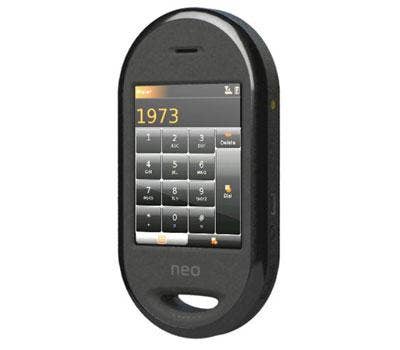
Yes, Apple's iPhone is really, really cool. But the Neo FreeRunner from the OpenMoko project may just be cooler for smartphone power users. This stylish device is the successor to the development phase Neo 1973 and costs a hefty $399, but if you're a technically skilled user you're going to like the freedom to do things on the Neo FreeRunner that Apple locks down. It's got the touchscreen interface that made the iPhone so popular, and other specs include 802.11 b/g Wi-Fi, an SMedia 3362 graphics accelerator, two 3D accelerometers, the Samsung 2442 SoC and 256 MB of flash memory. A debug board is available for $99.
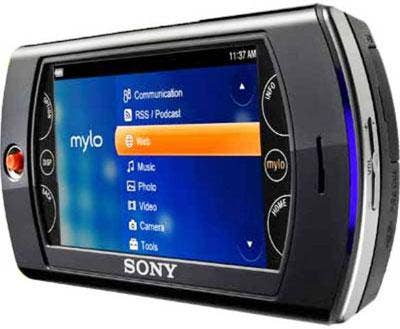
How about a mobile Internet device for under $300? The Mylo from Sony weighs just 6.8 ounces and will have you surfing the Web on Access NetFront's browser with Adobe Flash Lite 3, IM'ing with pals on Yahoo! Messenger, Google Talk, Skype or AIM, and even making Internet voice calls via Skype. It's just $299.99, and for that you get IEEE 802.11b/g wireless LAN, a 3.5" WVGA (800x460) display with touch panel, a backlit, slide-out keypad, a 1.3 megapixel camera and 1GB of internal memory. Sony promises up to six hours of Internet calling or Web browsing, 20 hours of music playback, and seven hours of video playback on the removable Lithium-Ion battery.
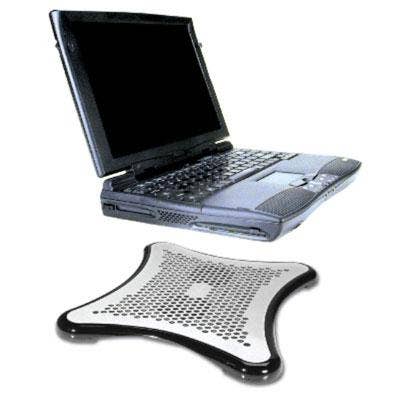
Here's a real cheap way to handle the excess heat put out by your laptop and the system instability that can result -- the Black Notebook Cooler from chassis, cooling and power supply manufacturer Antec. We've seen these USB-powered coolers priced for about $25 at various online outlets. Simply place the unit under your laptop, plug into a USB port (no batteries or power adaptor here), and the two double ball-bearing fans bring your thermals down lickety-split. Oh, and these things are pretty quite at just 25.9 db(A).
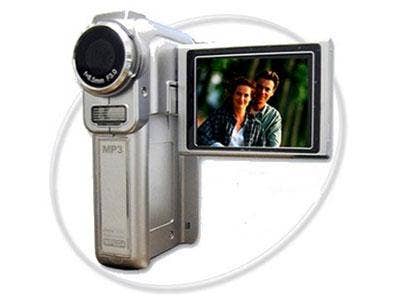
The DV-169 mini camcorder by Jazz has a 6.6 megapixel digital video flash camera with 6x digital zoom for video and still photography, a 2.0" LTPS TFT 180-degree rotatable screen, 32MB of Flash memory, motion stabilization, an SD/MMC RAM card slot, MPEG4 video recording, an MP3 player with voice recording functionality and the USB 2.0 interface. All perfectly suitable for capturing school memories. The best part? We've seen it listed for as low as $89.95 .
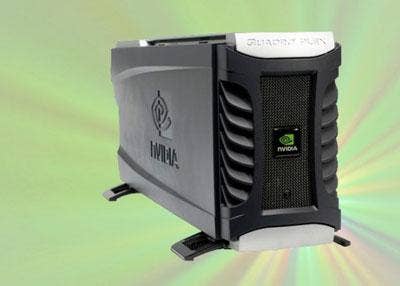
Okay, okay -- so this $10,750 visual computing monster isn't exactly a back-to-school bargain. But Nvidia's Quadro Plex 2200 D2, due out in September, is a totally unique product -- and if few students can afford one themselves, maybe they can convince the computer lab or design department to pick one up. The Quadro Plex features a pair of Quadro FX 5800 GPUs in a deskside form factor that can also slot into a three-unit rack. Total frame buffer is 8GB, it runs G-Sync Version II, Shader Model 4.0 and has four dual-link DVI display channels. Santa Clara, Calif.-based Nvidia also gives you SLI Mosaic Mode, Genlock/Framelock, Frame Synchronization, and of course, the CUDA parallel computing processor. Fire up the AutoCAD, boys -- we're about to get fractal!